In the mid-1990s, when PCs were predominantly utilitarian, Sony introduced VAIO, a brand that revolutionized PC design. Launched in 1995, VAIO combined cutting-edge technology with bold aesthetics, turning computers into stylish statements. Let’s explore how Sony VAIO set a new standard for PC design and changed our perception of technology.
A Strategic Move into PCs
In 1995, Sony made a significant move into the consumer PC market by launching the VAIO brand. This step was the result of a secret project called the "GI Project," a collaboration between Sony and Intel. Sony's President, Nobuyuki Idei, wanted to include PCs in his vision of digital home electronics, while Intel’s President, Andy Grove, aimed to strengthen Intel’s position against growing competition from AMD.
To support this, a special unit named ITA was established in San Jose, staffed by experts from Sony’s MagicLink project—a small handheld computer designed for personal communications and released by Sony in 1994. Intel also expanded its Portland factory to support the initiative. By late 1995, work on the first VAIO desktop PCs began, with Sony handling product planning, software, design, and sales, and Intel taking care of hardware design and manufacturing.
The Creation of the VAIO Logo
As the GI Project developed, Teiyuu Goto, who also worked on the PlayStation series, designed the VAIO logo. The logo cleverly combined "VA" for analog waveforms and "IO" for digital binary code, symbolizing the blend of analog and digital technologies. Its phonetic resemblance to the word "violet" inspired the signature purple color.
Sony’s Design Council, under President Idei’s guidance, carefully approved the logo design, which eventually became a well-known and distinctive brand that has remained unchanged since its creation.
Launching the First VAIO Desktop PCs
Sony’s entry into the PC market was marked by the launch of the PCV-90 and PCV-70 at PC EXPO in June 1996. This annual event in Manhattan was an important platform for new PC launches. The VAIO PCs, with their distinctive cases, were equipped with Pentium processors, 16MB or 32MB of RAM, and hard drives ranging from 2.1GB to 2.5GB. They also came with a purple-gray mouse, keyboard, and a VAIO-branded Trinitron monitor and speaker.
Released in U.S. retailers in October 1996, the VAIO's distinctive color and multimedia focus set it apart from competitors. The PCs ran Windows 95 and included VAIO Space, a custom 3D launcher, multimedia software, and featured a CD-ROM drive, an ATI graphics board with MPEG decoder, and a 28.8Kbps modem. By 1997, the VAIO PCV-90/70 was introduced in Japan as the PCV-T700MR, with additional upgrades and an improved design.
Entering the Notebook Market
Sony's entry into the notebook market began with the PCG-707/705 in 1997. Assembled by a team from the MagicLink and PowerBook projects at Sony’s Fujisawa facility, the PCG-707 was VAIO’s first notebook. Its design combined traditional notebook aesthetics with Sony’s distinctive style, featuring a prominent VAIO logo and a matching purple-gray color scheme.
The PCG-707 had a modular drive bay for components like CD-ROM and floppy disk drives and supported infrared communication (IrDA) for easy photo transfers from Sony’s Cyber-shot digital cameras, introduced a year earlier. It also included a docking station with an i.Link (IEEE-1394) connector for digital video input and editing, with VAIO software providing a user-friendly interface for these features.
A Leap in Notebook Innovation
In November 1997, Sony introduced the VAIO PCG-505, which represented a major leap in notebook design. This model featured a magnesium alloy casing with a slim profile, innovating by removing built-in CD-ROM and floppy disk drives in favor of external accessories. The notebook also included detachable stereo speakers and a touchpad with pen input.
Powered by a 133MHz Pentium processor with 32MB of RAM, the PCG-505 featured a cylindrical lithium-ion battery integrated into the LCD hinge. Despite some limitations, the PCG-505 marked an important advancement in portability and style.
Pioneering Features and Design Trends
Launched in 1998, Sony’s C1 series introduced fresh features such as the Memory Stick slot and an integrated 'Motion Eye,' making it the first-ever subnotebook with a built-in video camera. The C1 series demonstrated Sony’s leadership in combining multimedia with portable computing, setting the standard for today’s mobile devices and highlighting VAIO’s pioneering role in portable tech.
Innovations in LCD and Multimedia
As the millennium approached, Sony’s VAIO division introduced several notable models. The LCD-only VAIO L (PCV-L700) in 1999 featured a sleek, integrated design, while the VAIO LX series in 2000 expanded with touch-screen displays.
In 1999, the VAIO MX series combined AV functions, such as a TV tuner and MiniDisc drive, and evolved to include NetMD technology in the subsequent VAIO MX model in 2001.
The VAIO Music Clip, a pen-shaped player using the ATRAC3 format, and the VAIO Gear series, featuring several accessories, highlighted Sony’s focus on portable audio and peripheral innovation. Despite these early advancements in digital music, Sony faced challenges with proprietary formats and lost market ground to more flexible alternatives like MP3.
Post-Millennial Milestones
In April 2002, Sony released the PCG-U1, featuring an 876 MHz TM5800 Crusoe processor, a 6.4" LCD screen, 128 MB of RAM, a 20 GB HDD, and various connectivity options. It was one of the smallest and lightest Windows XP machines at the time, with a design that allowed users to operate each function while holding it with both hands.
In December 2003, the VAIO PCG-X505, also known as the VAIO 505 Extreme, was introduced. It was praised for its high-density mounting technology and new exterior materials, which made it exceptionally slim, with a front thickness of just 9.7 mm and weighing approximately 785 g.
The Legacy of VAIO
Sony's VAIO line remained at the forefront of innovation well into the early 2010s, introducing groundbreaking designs and advanced features. Although VAIO was discontinued and sold in 2014, its influence endures. From its origins with the GI Project to its impact on portable computing and multimedia integration, VAIO set new standards in the PC market. Despite challenges and competition, VAIO’s blend of cutting-edge technology and distinctive style has left a lasting mark on modern technology and design.
Do you have any personal experiences with VAIO computers? I’d love to hear your stories in the comments!




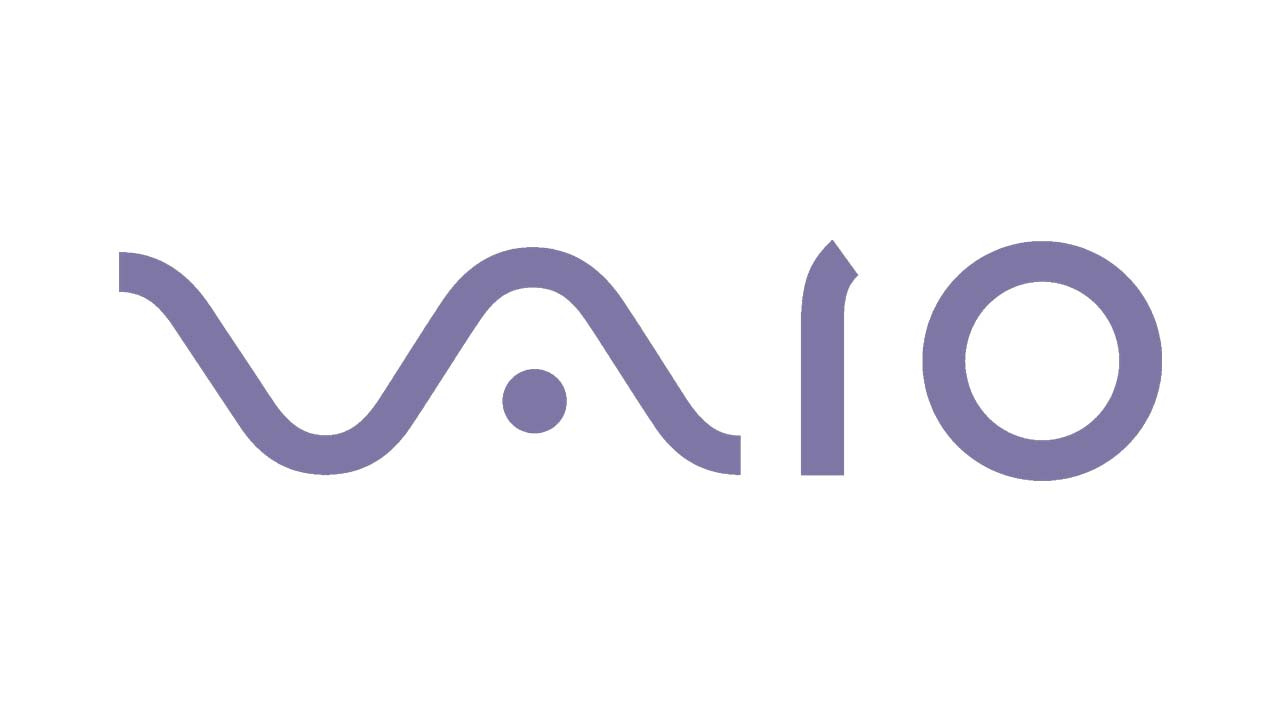
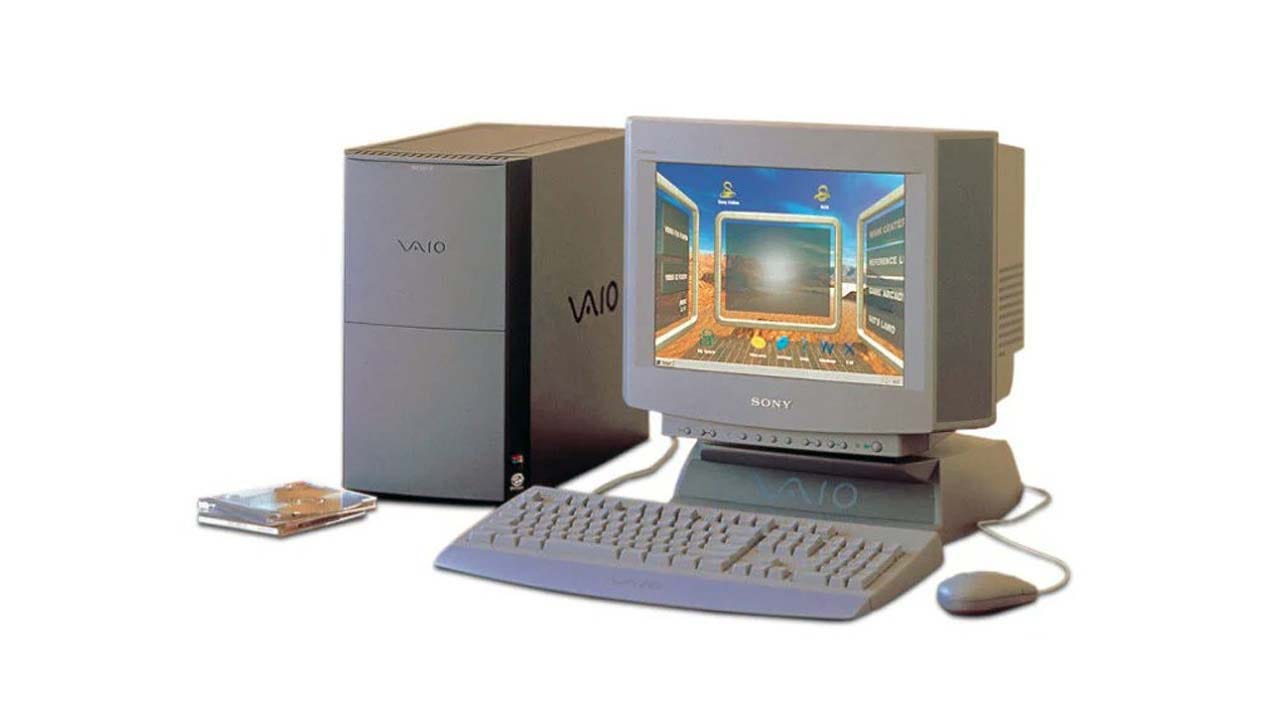
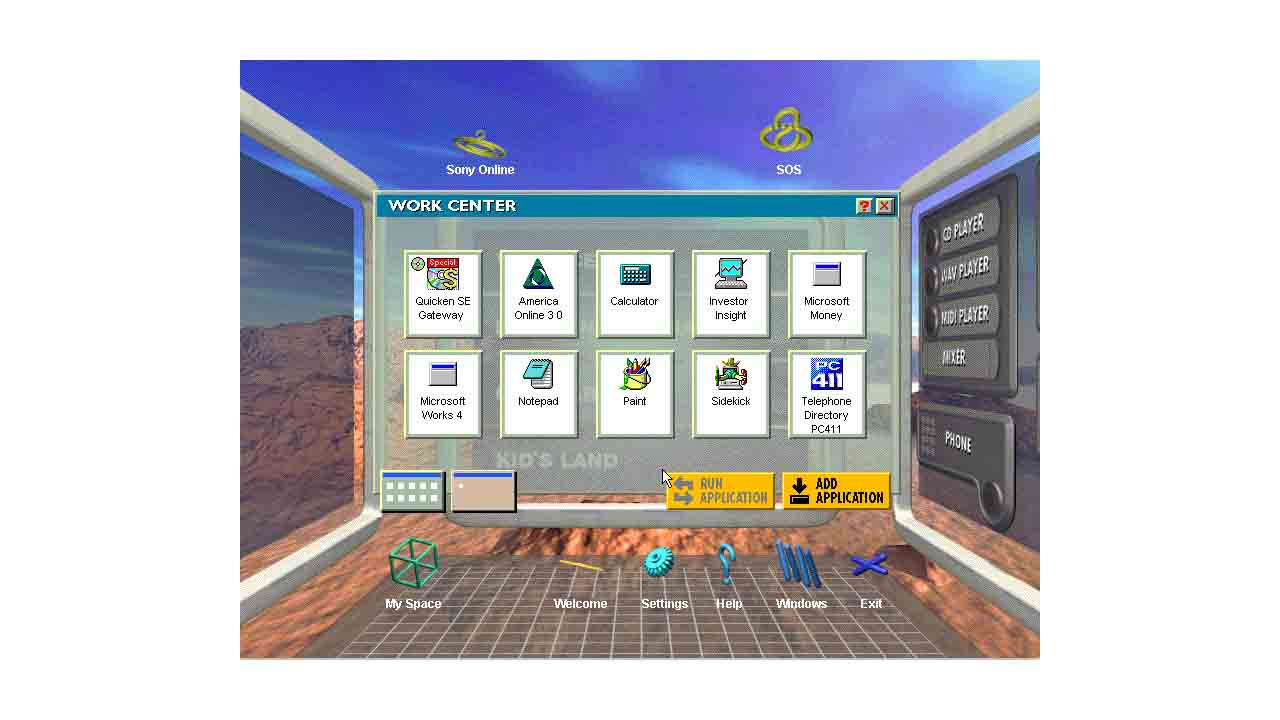
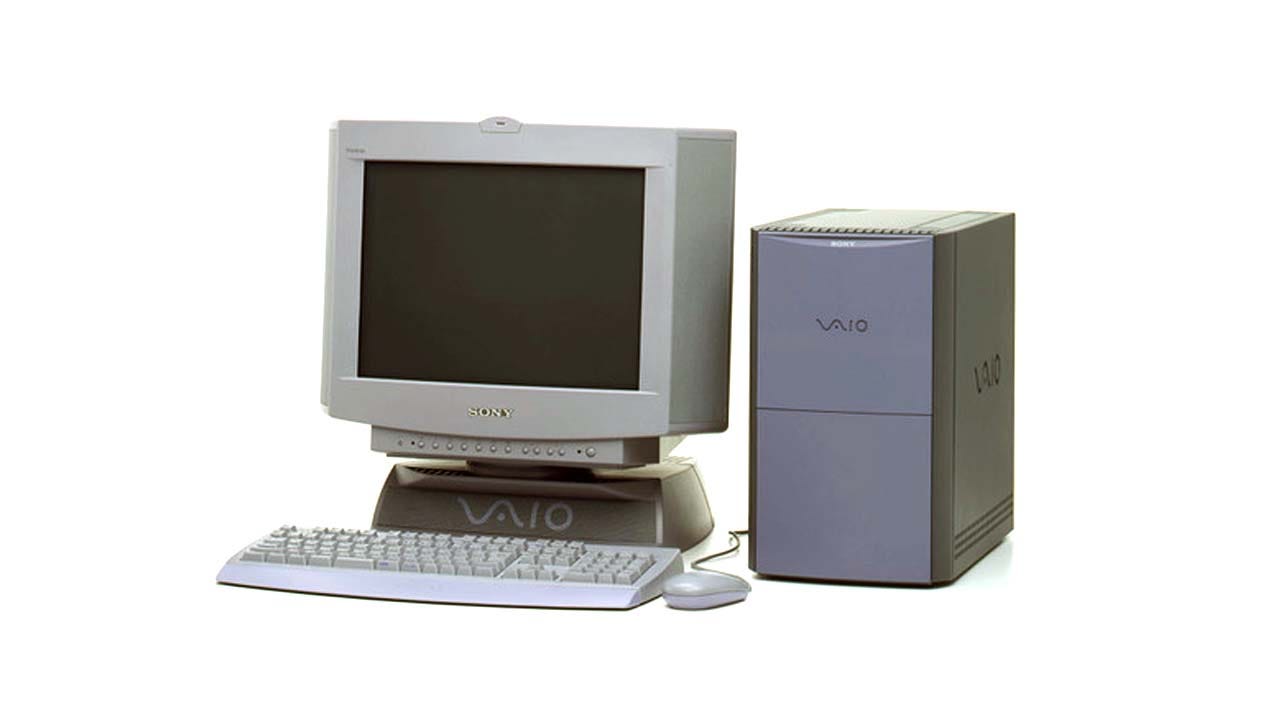
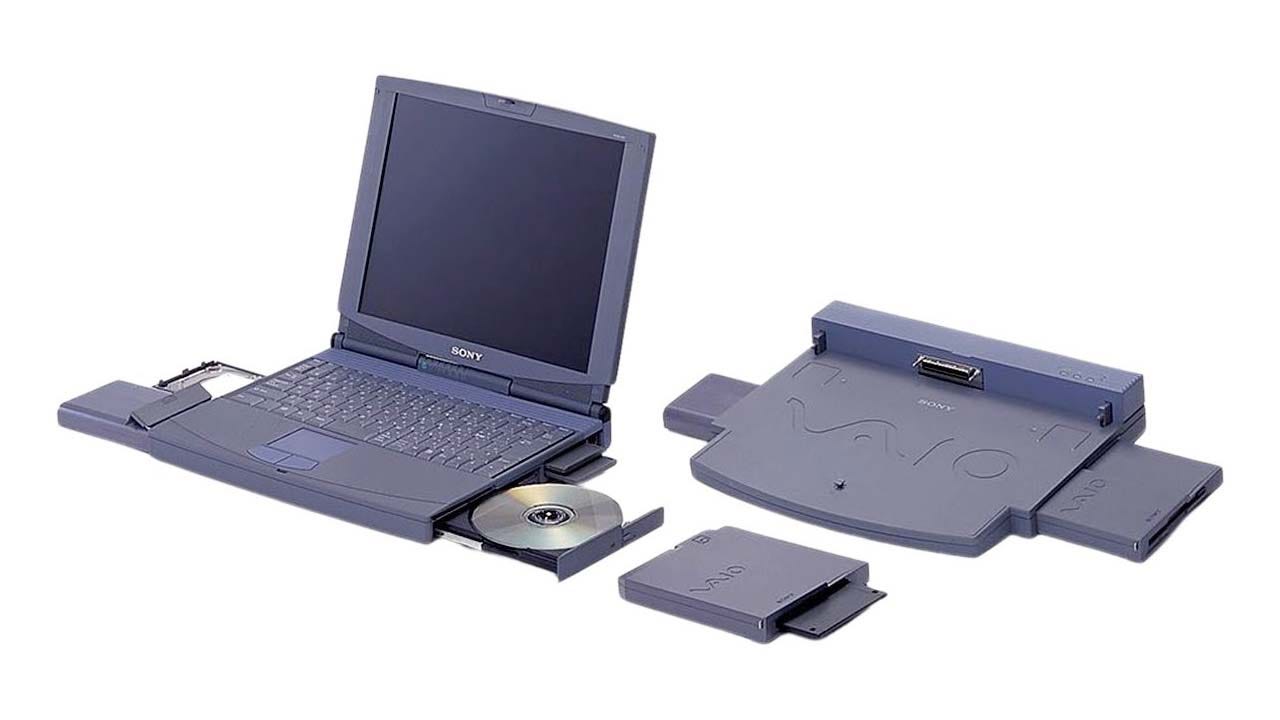
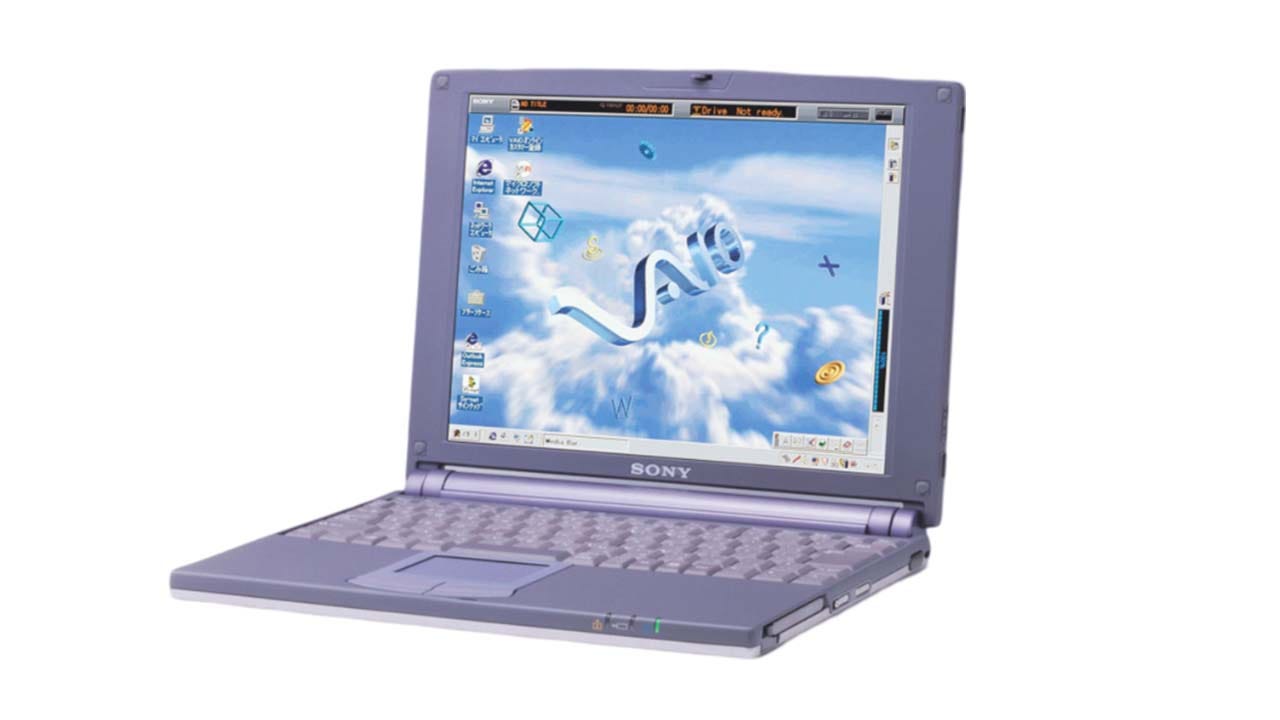
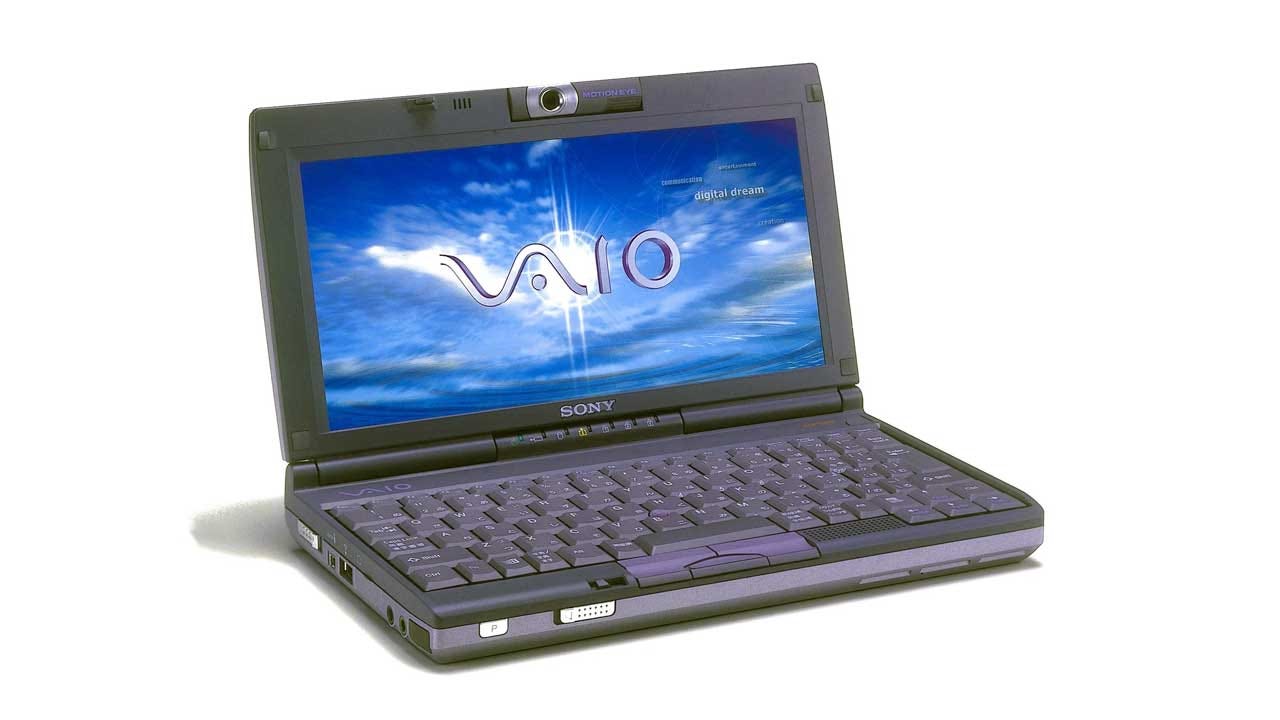
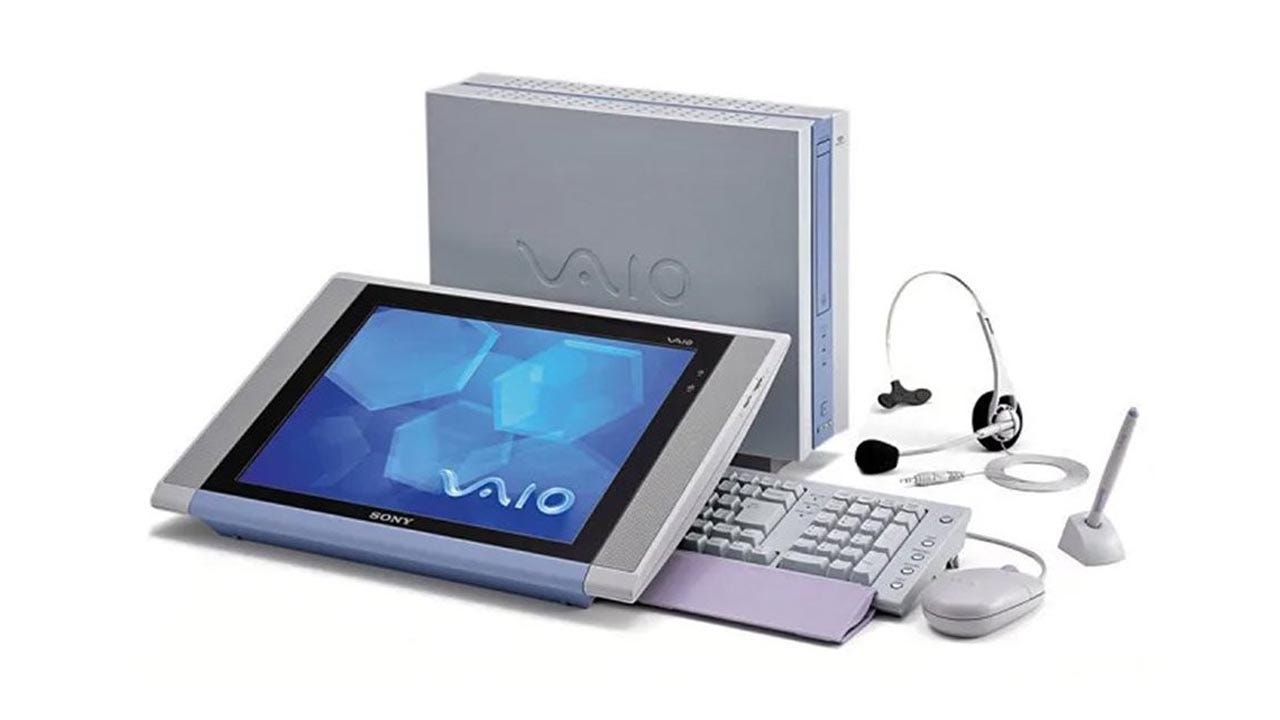

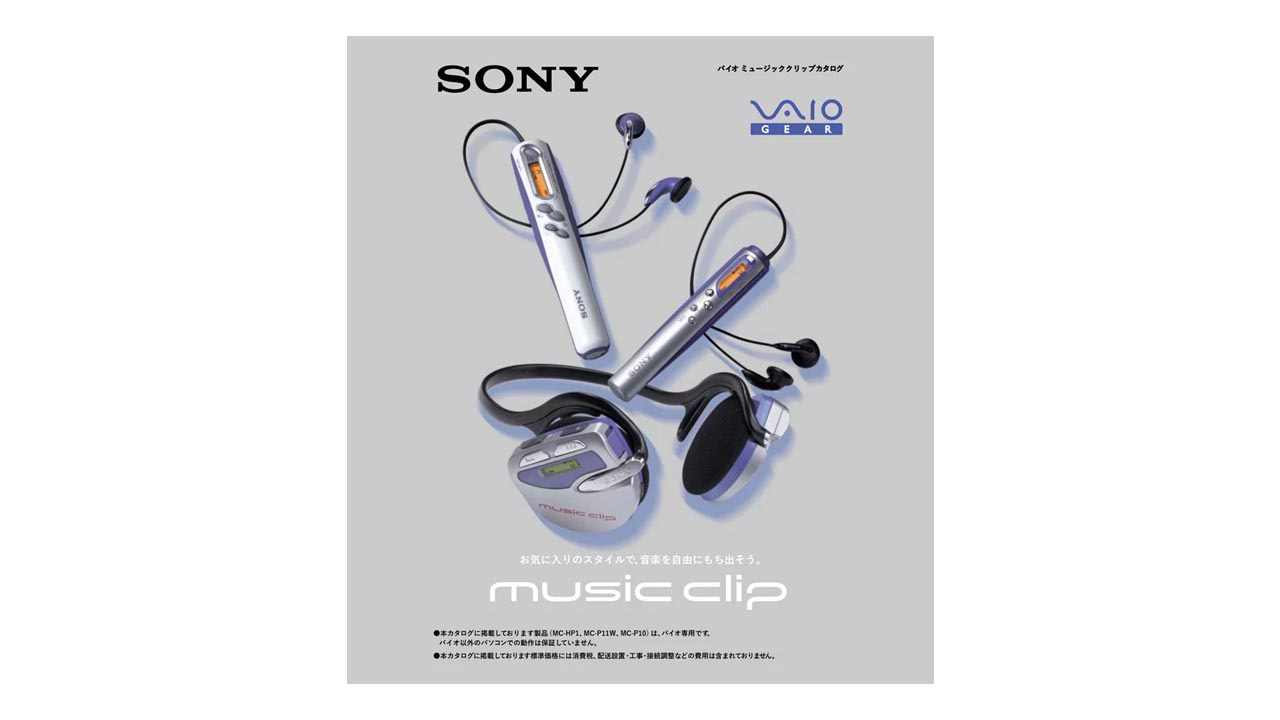

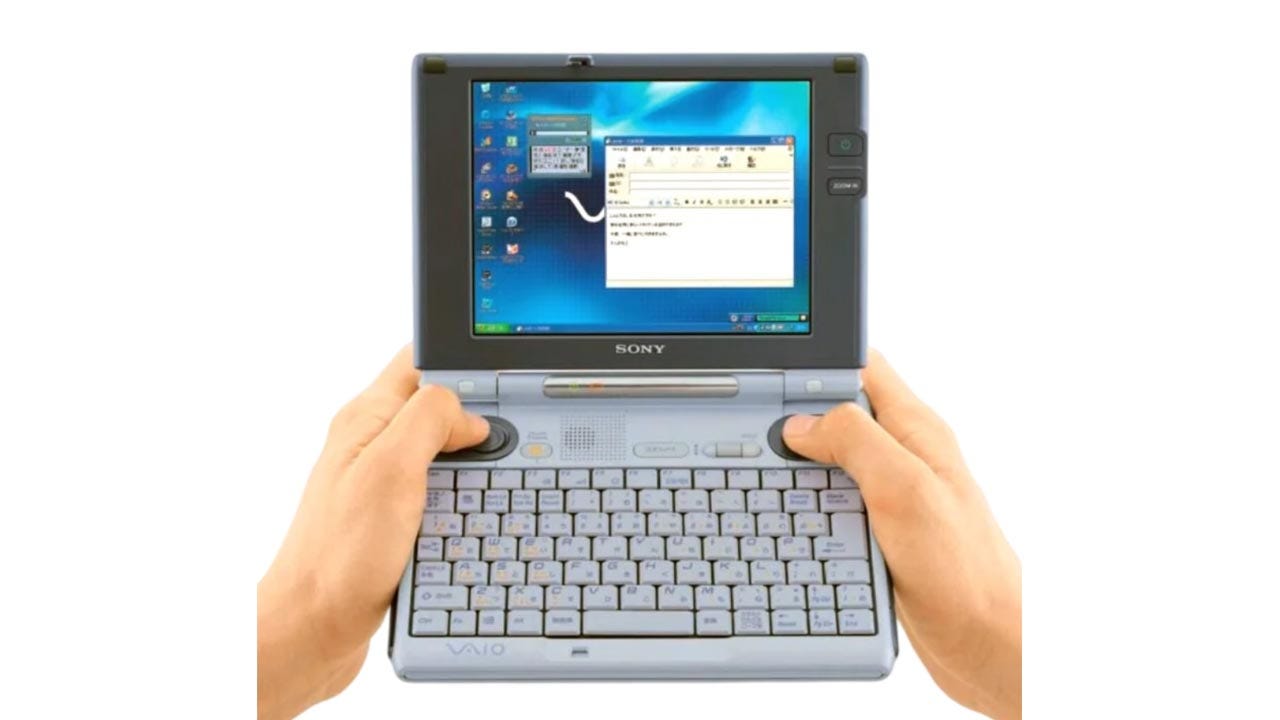
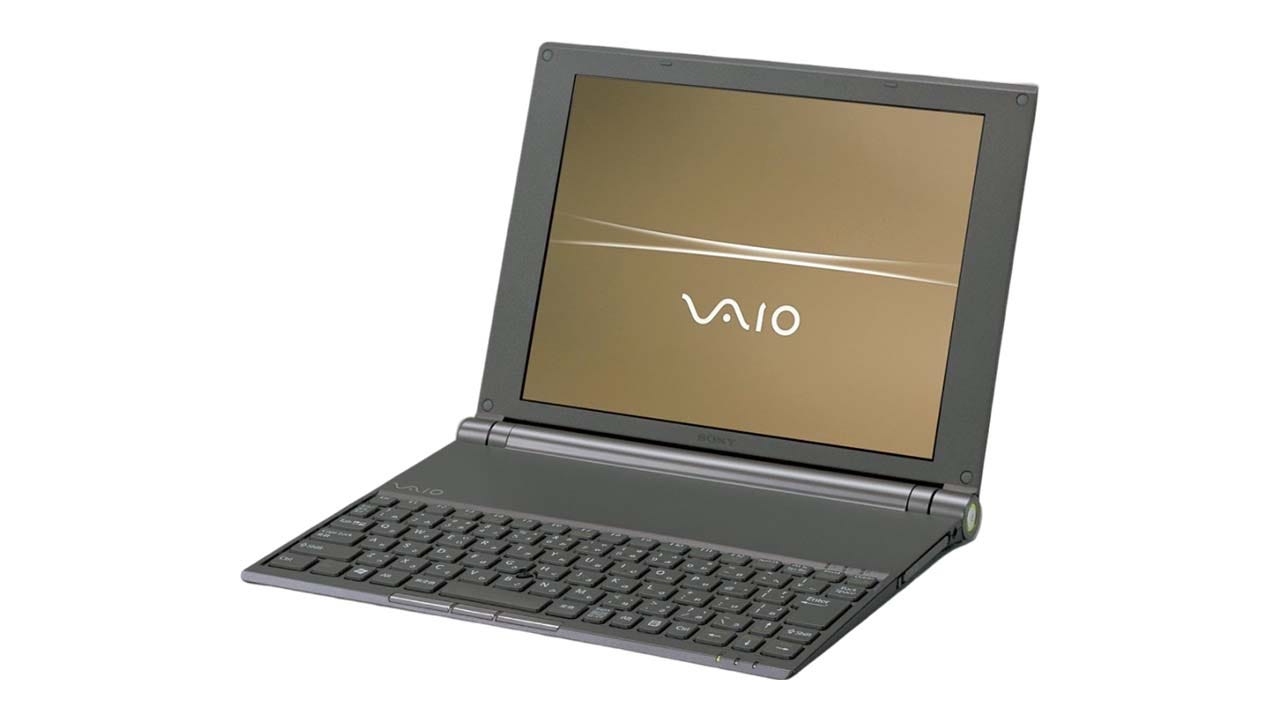
owned three. Loved all of them. my 3rd was a post private-equity acquisition vaio that i got used from their website. 4K screen but just too slow compared to my surface and my Macs. Hoping to get another soon as I just miss the VAIO love
Hard to believe I've never owned a Vaio. I fully intend to one of these days!